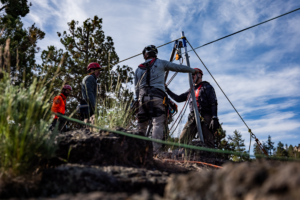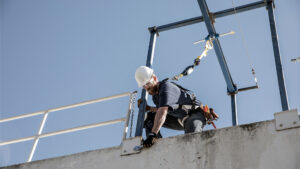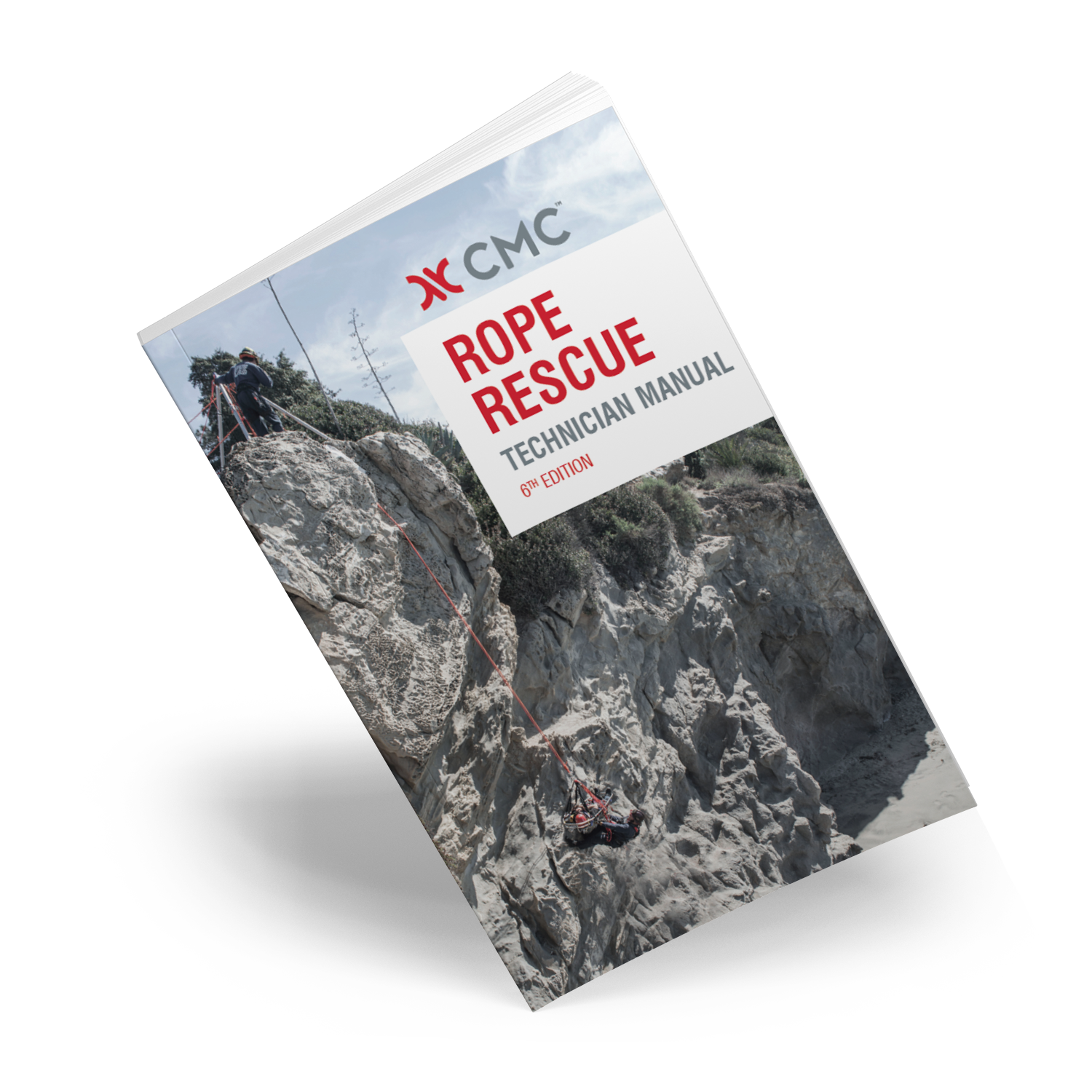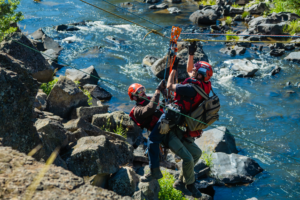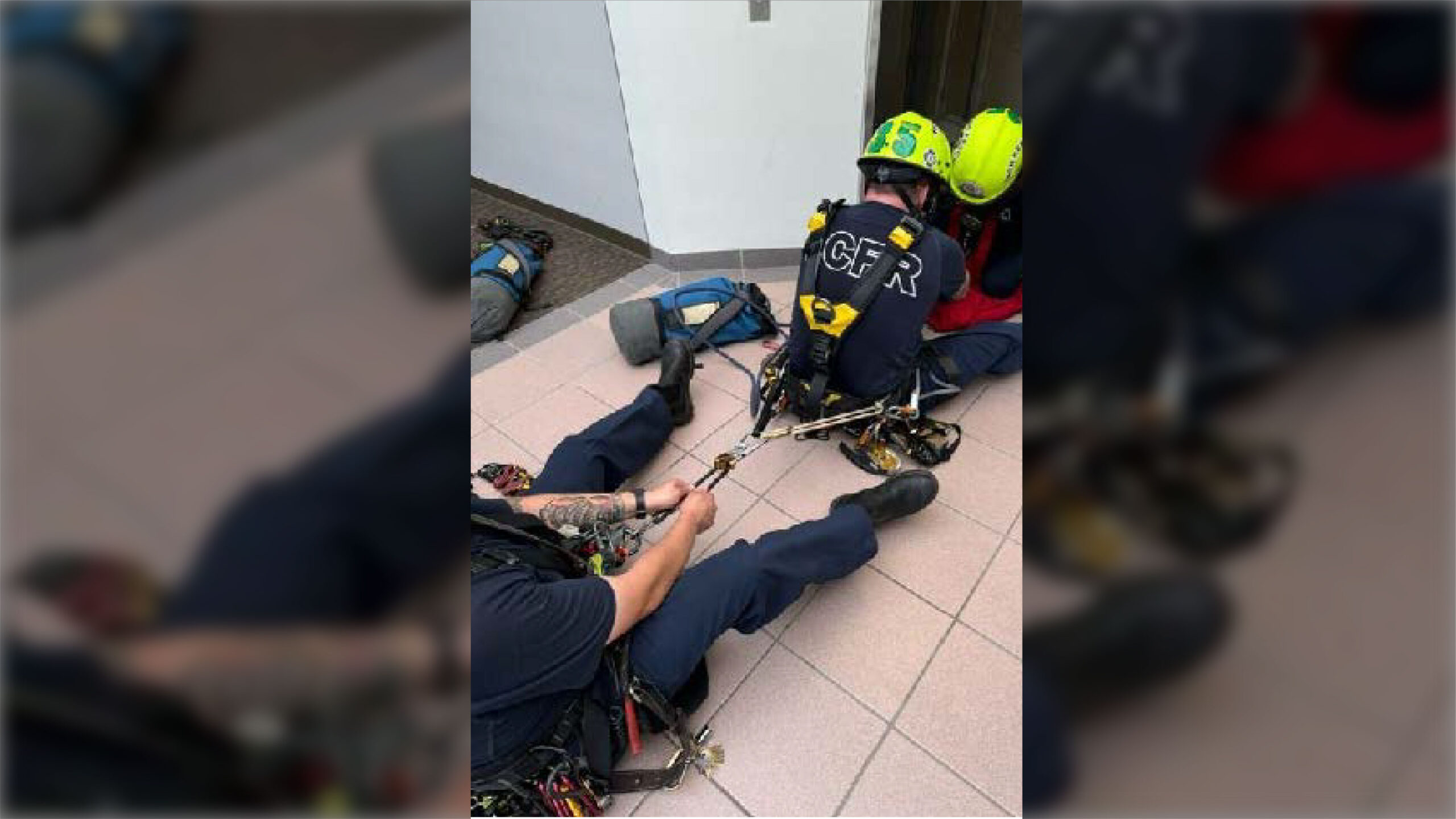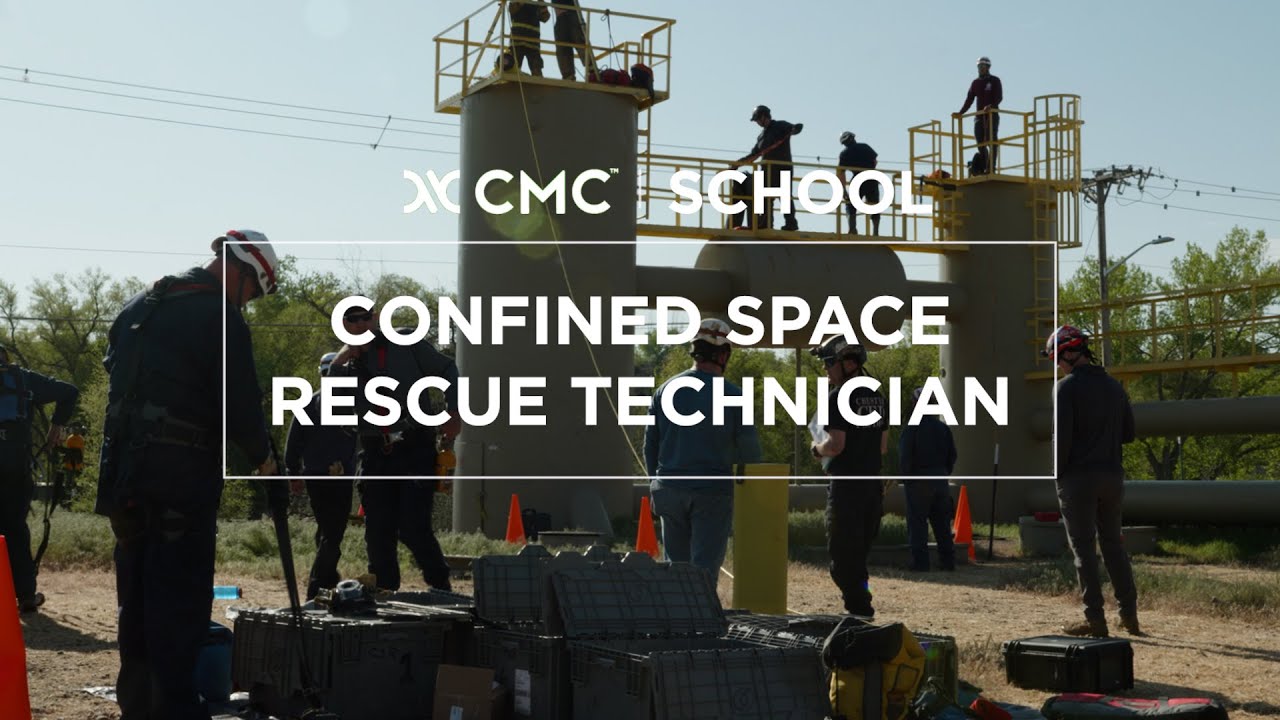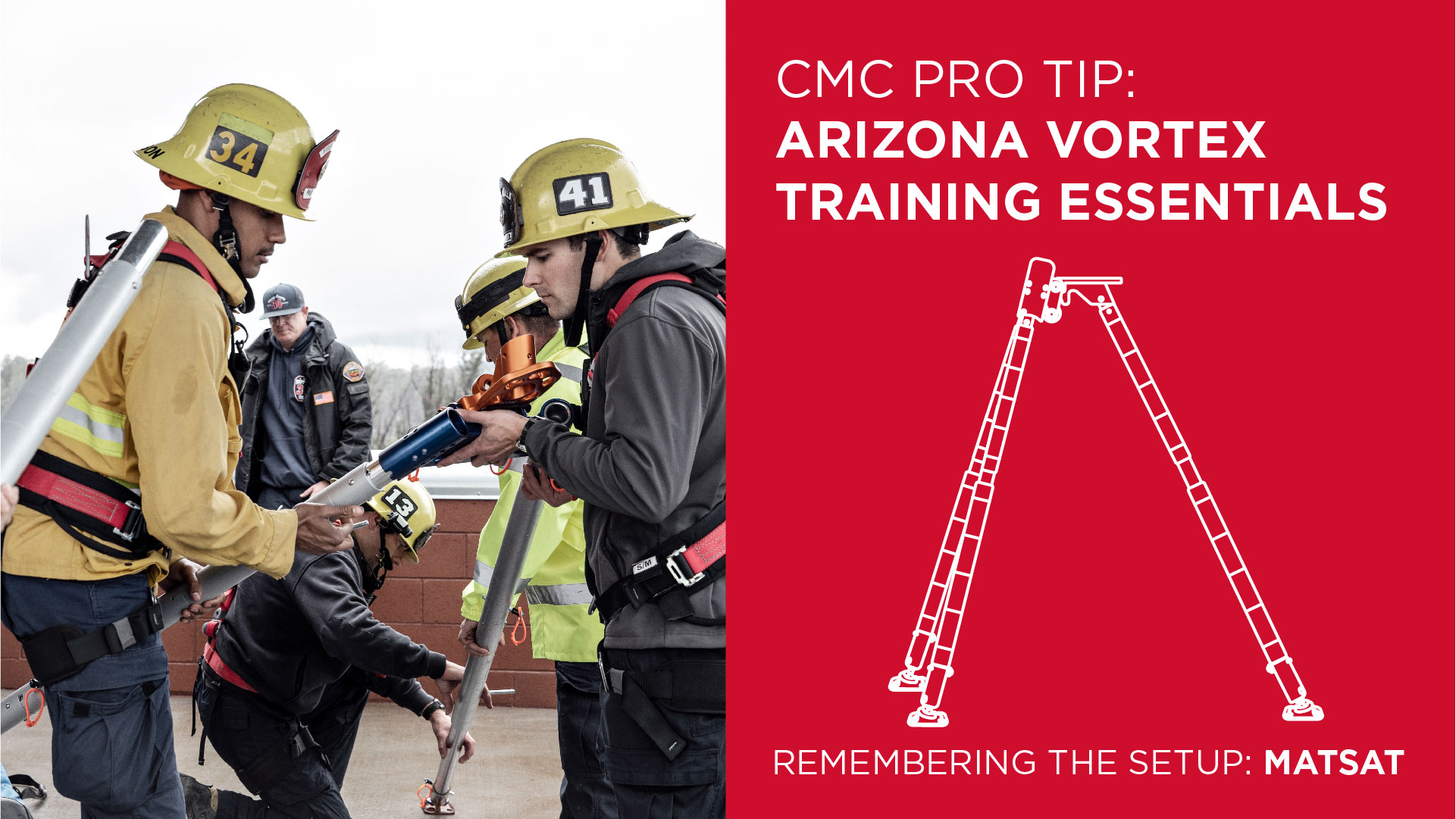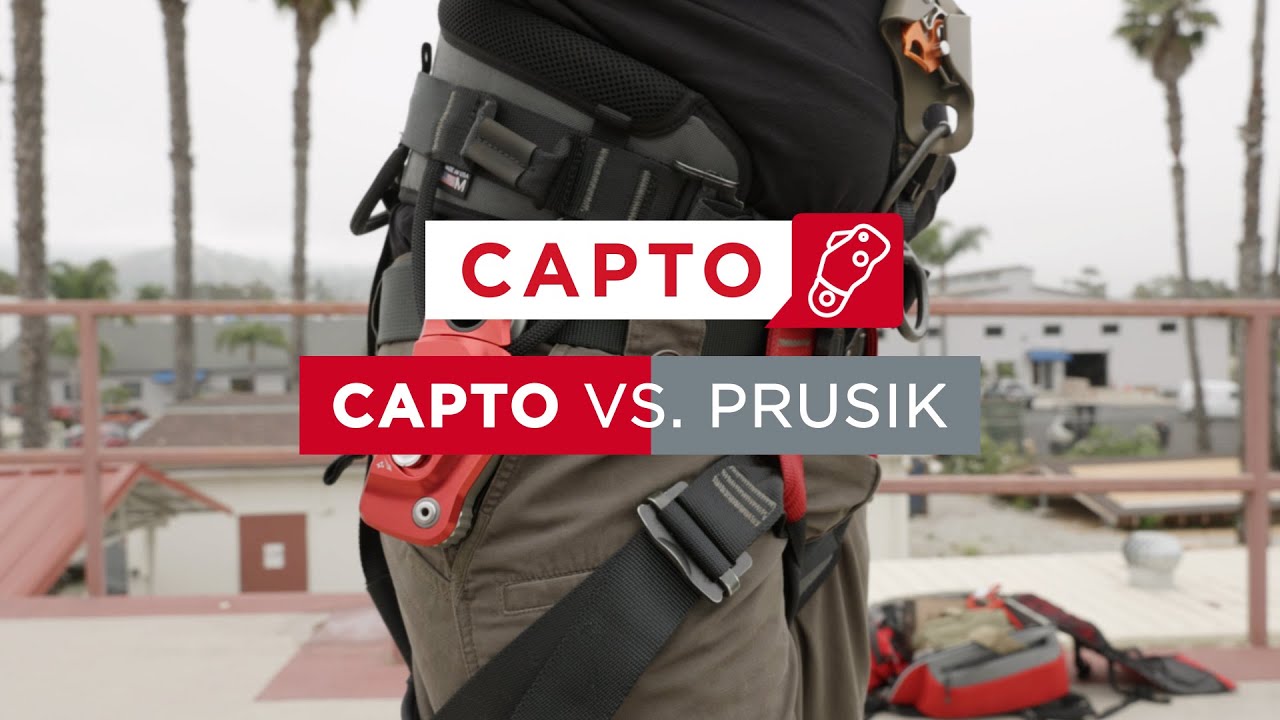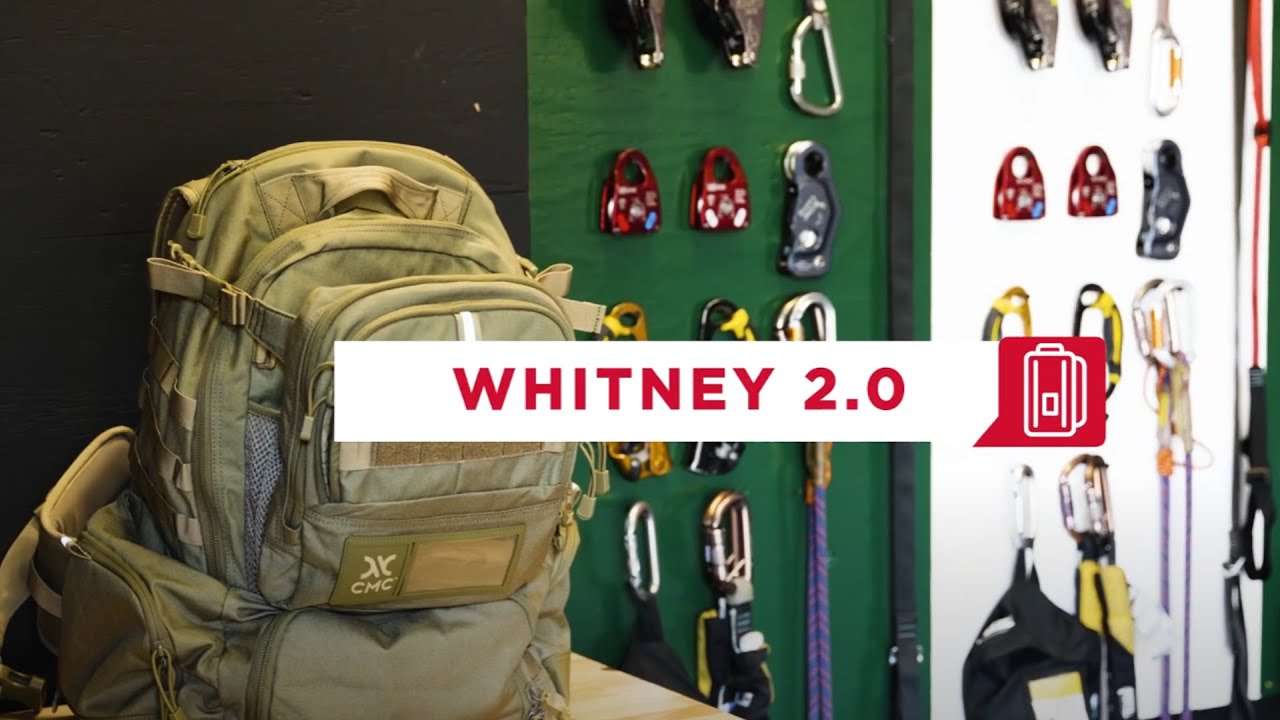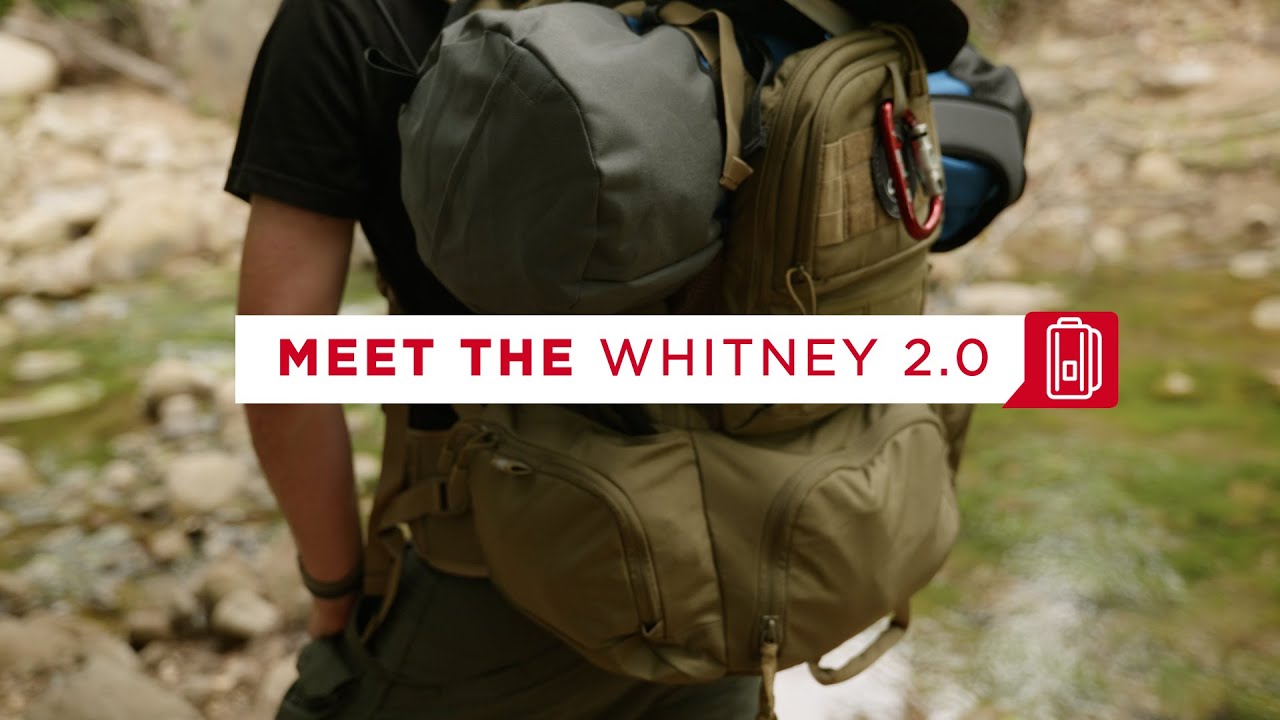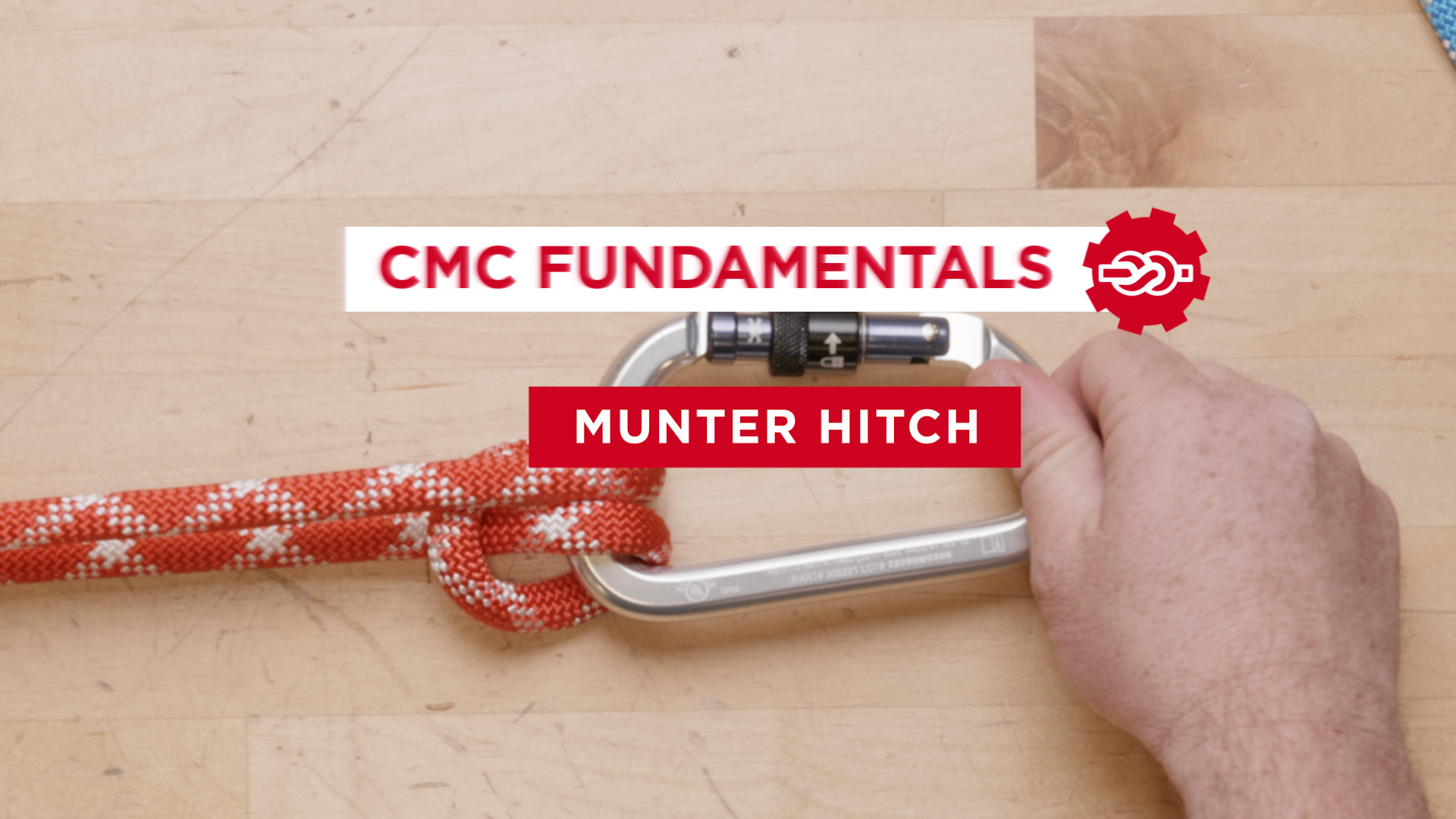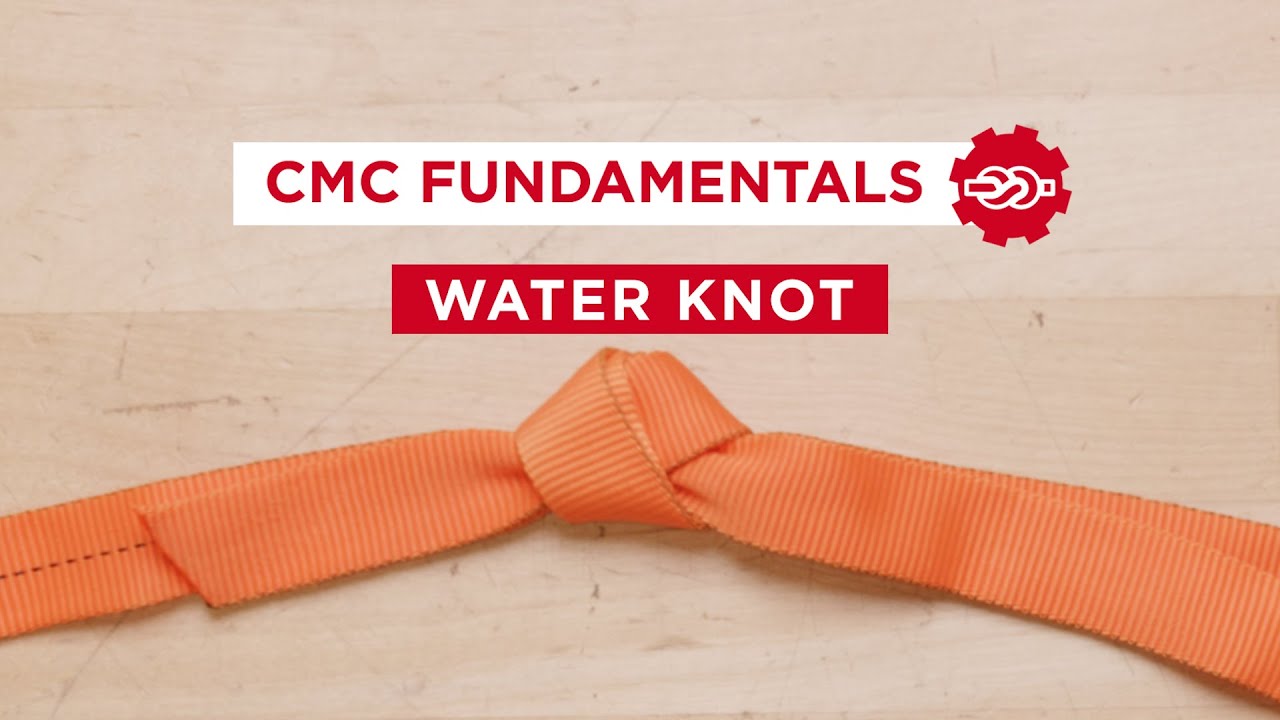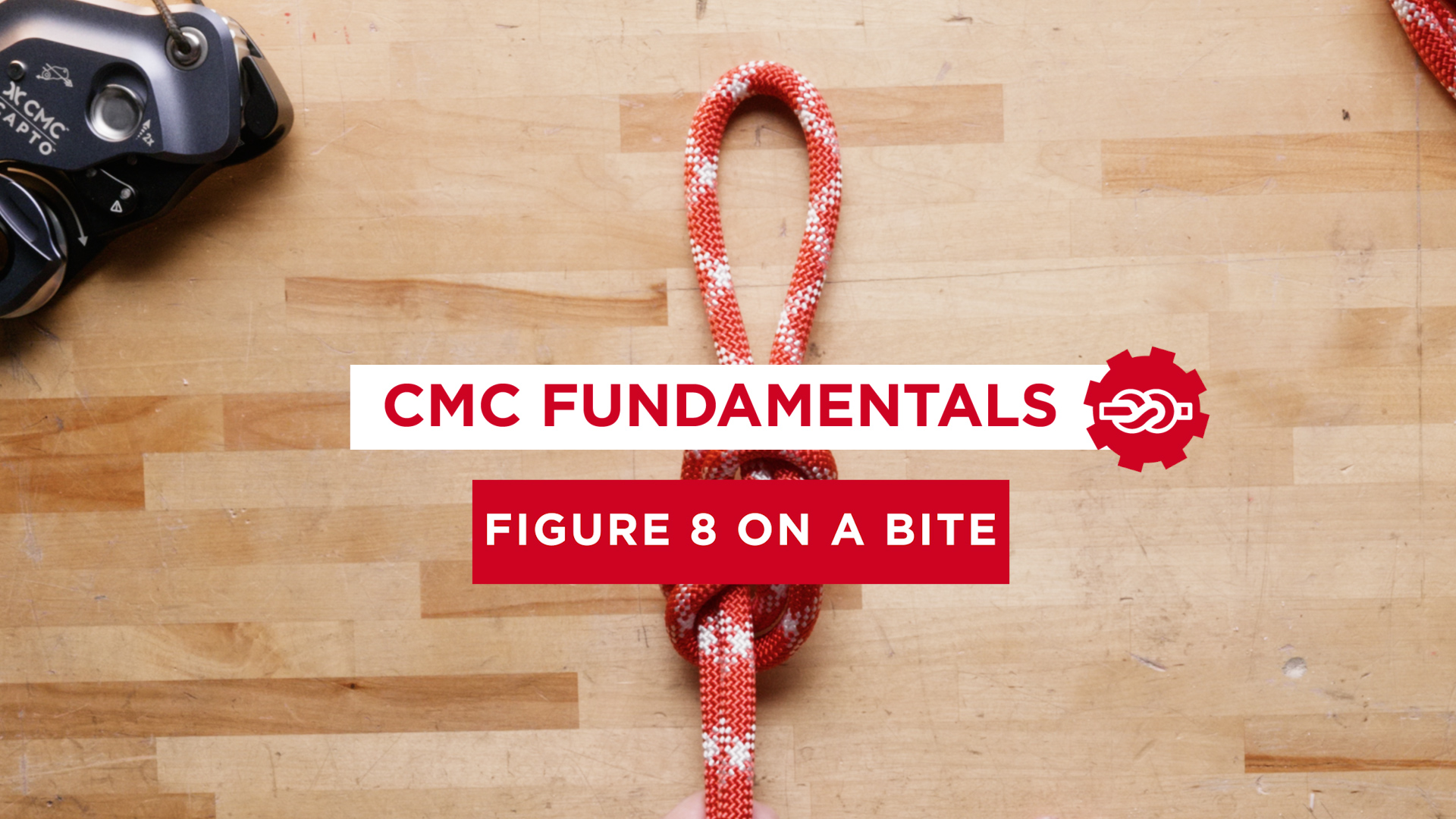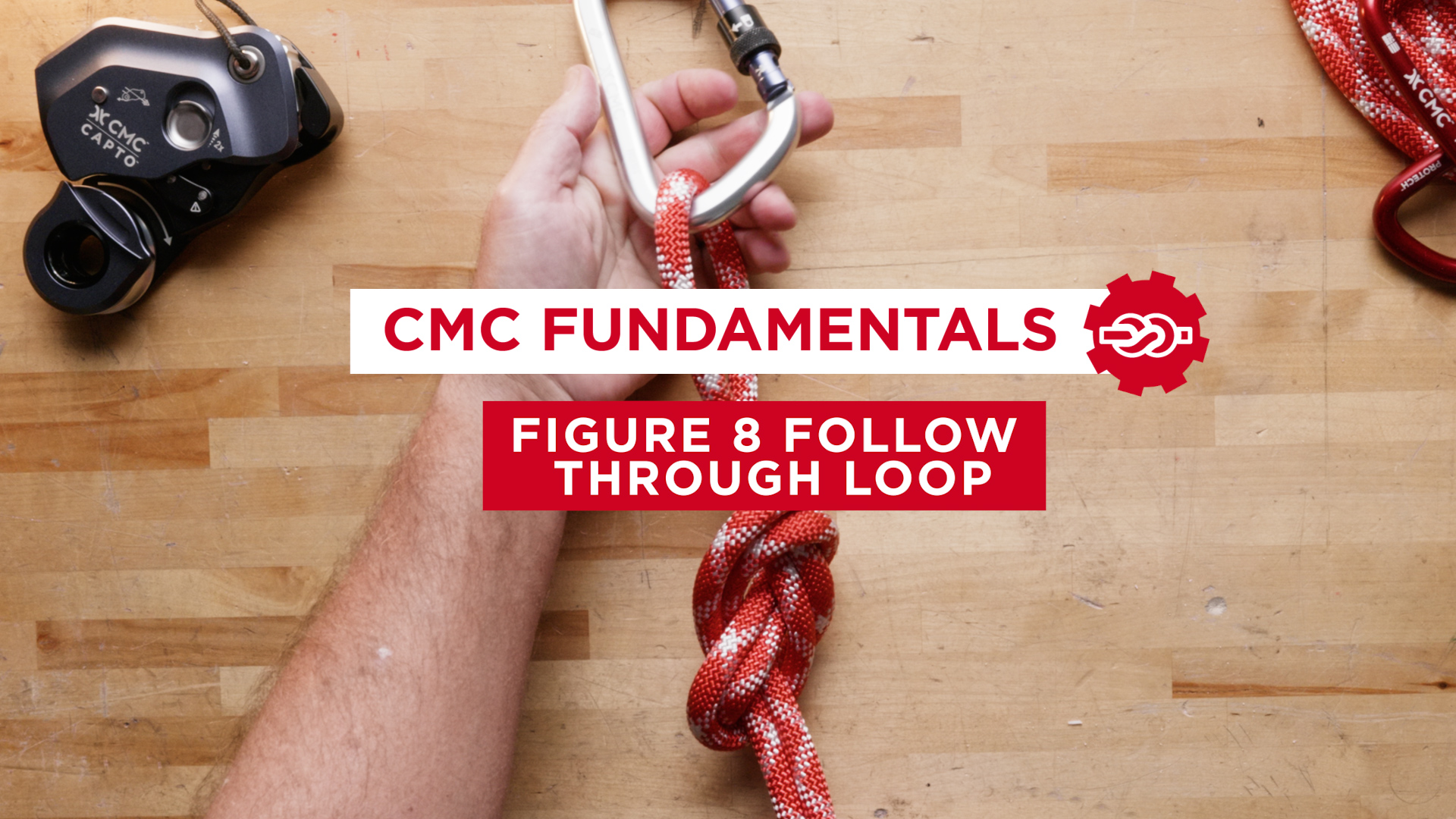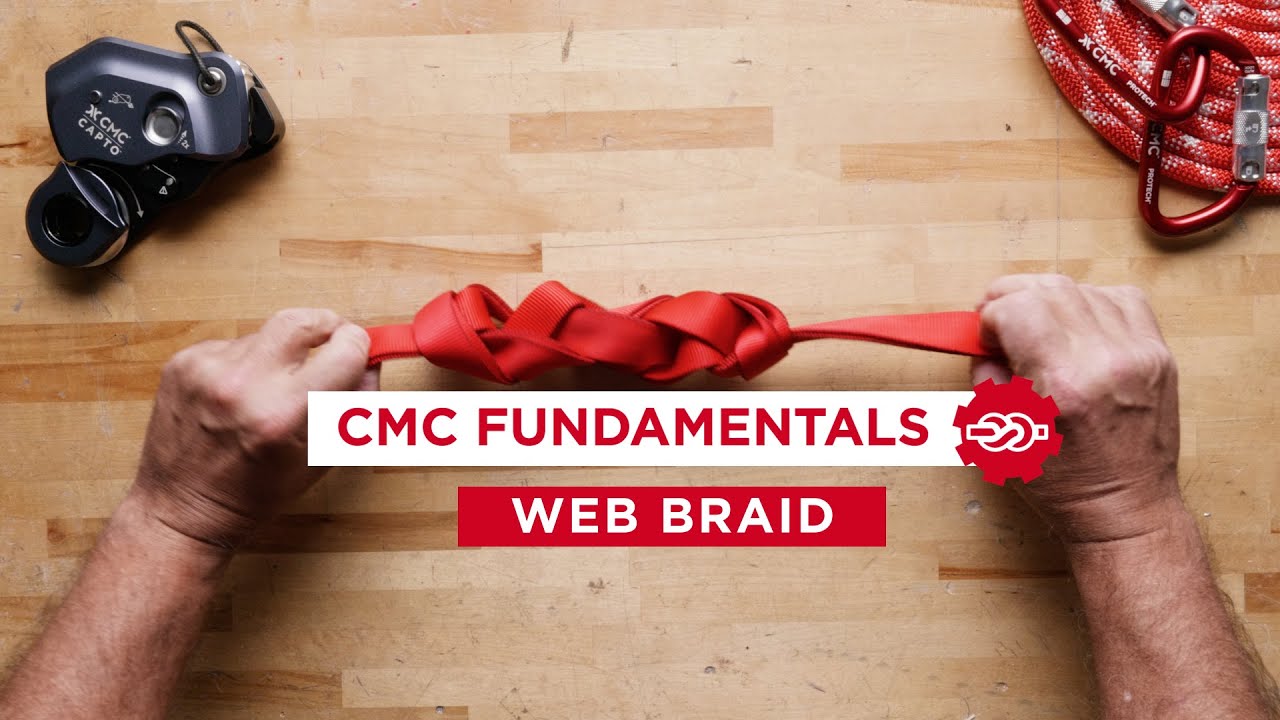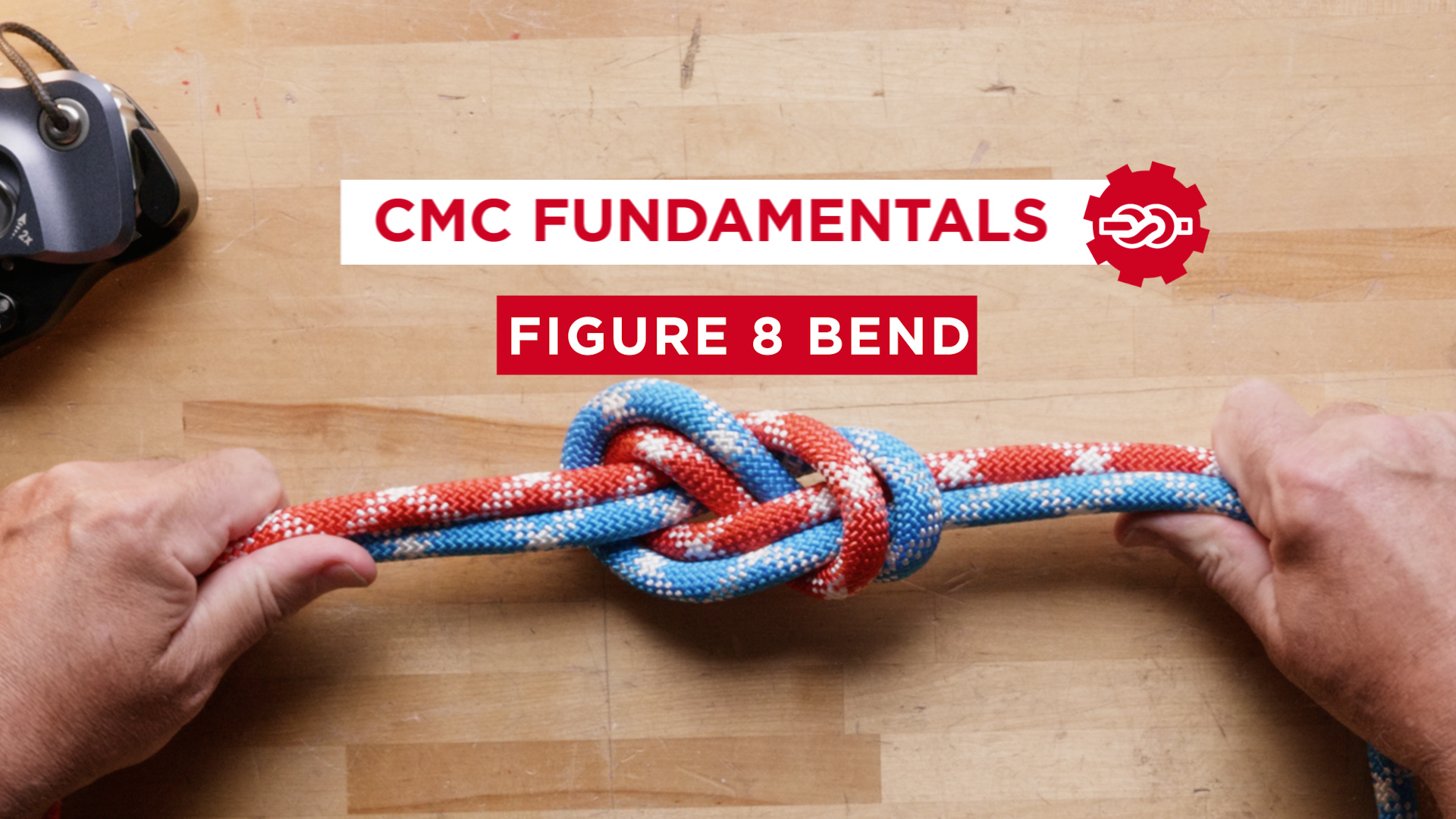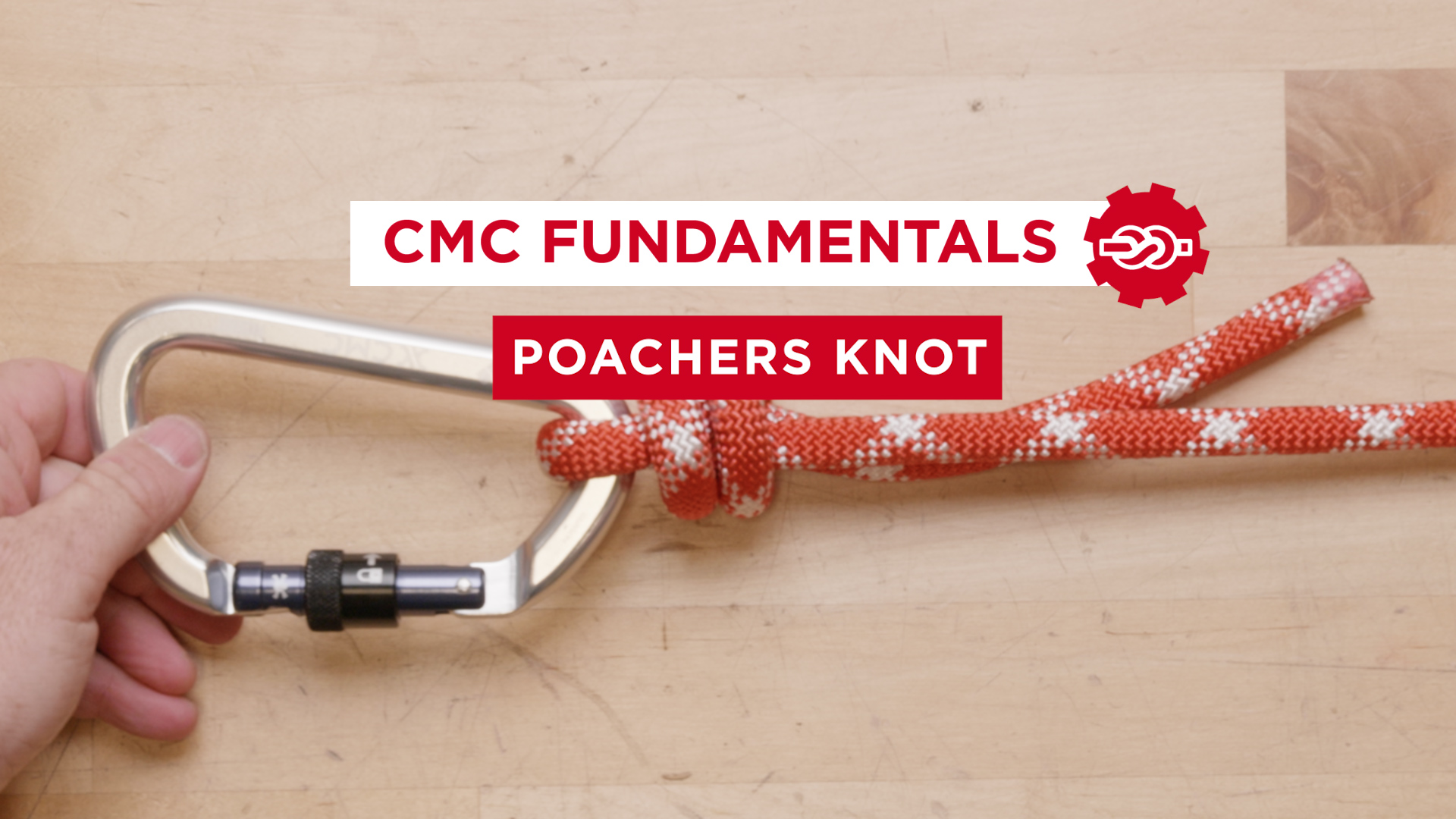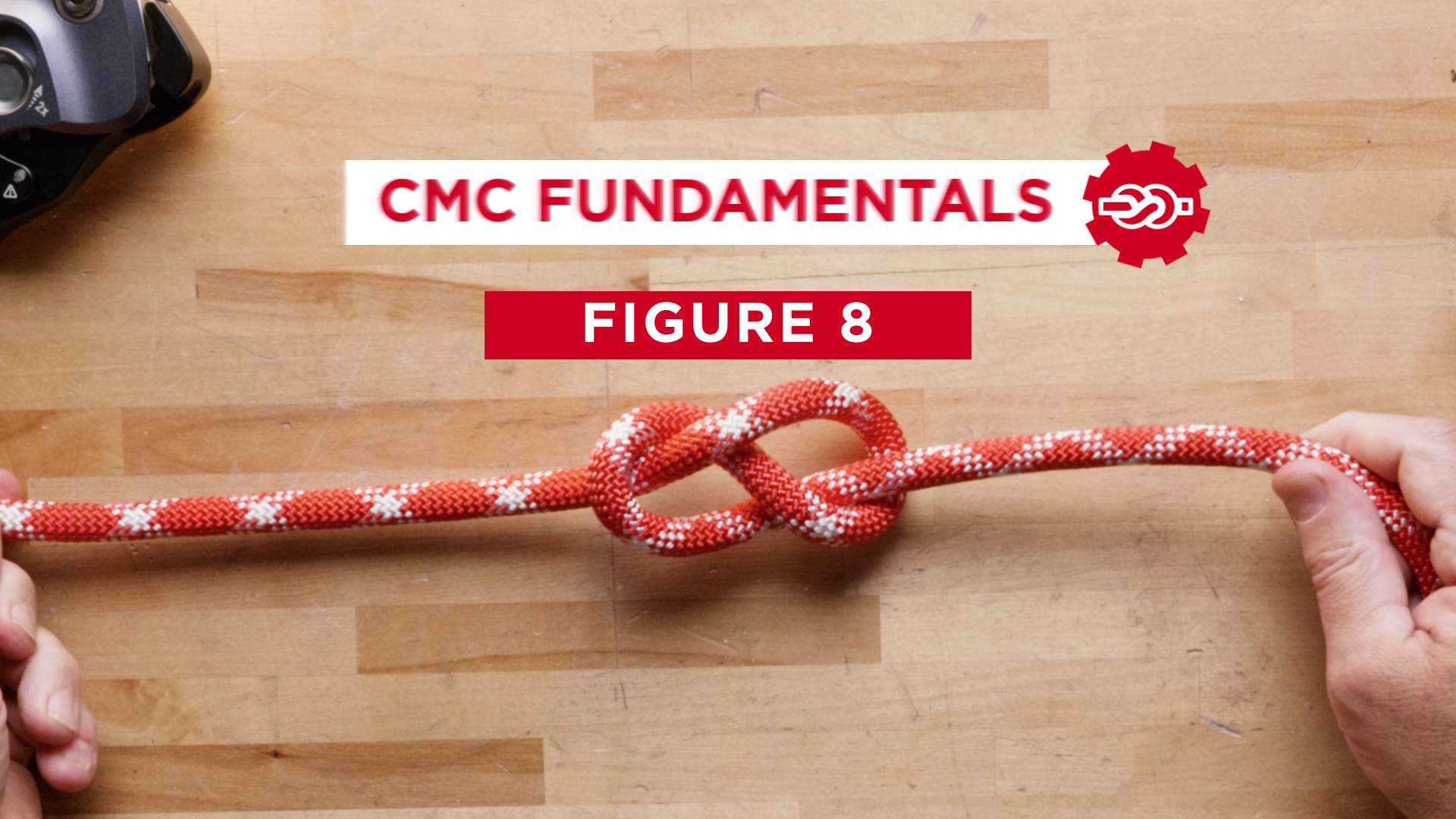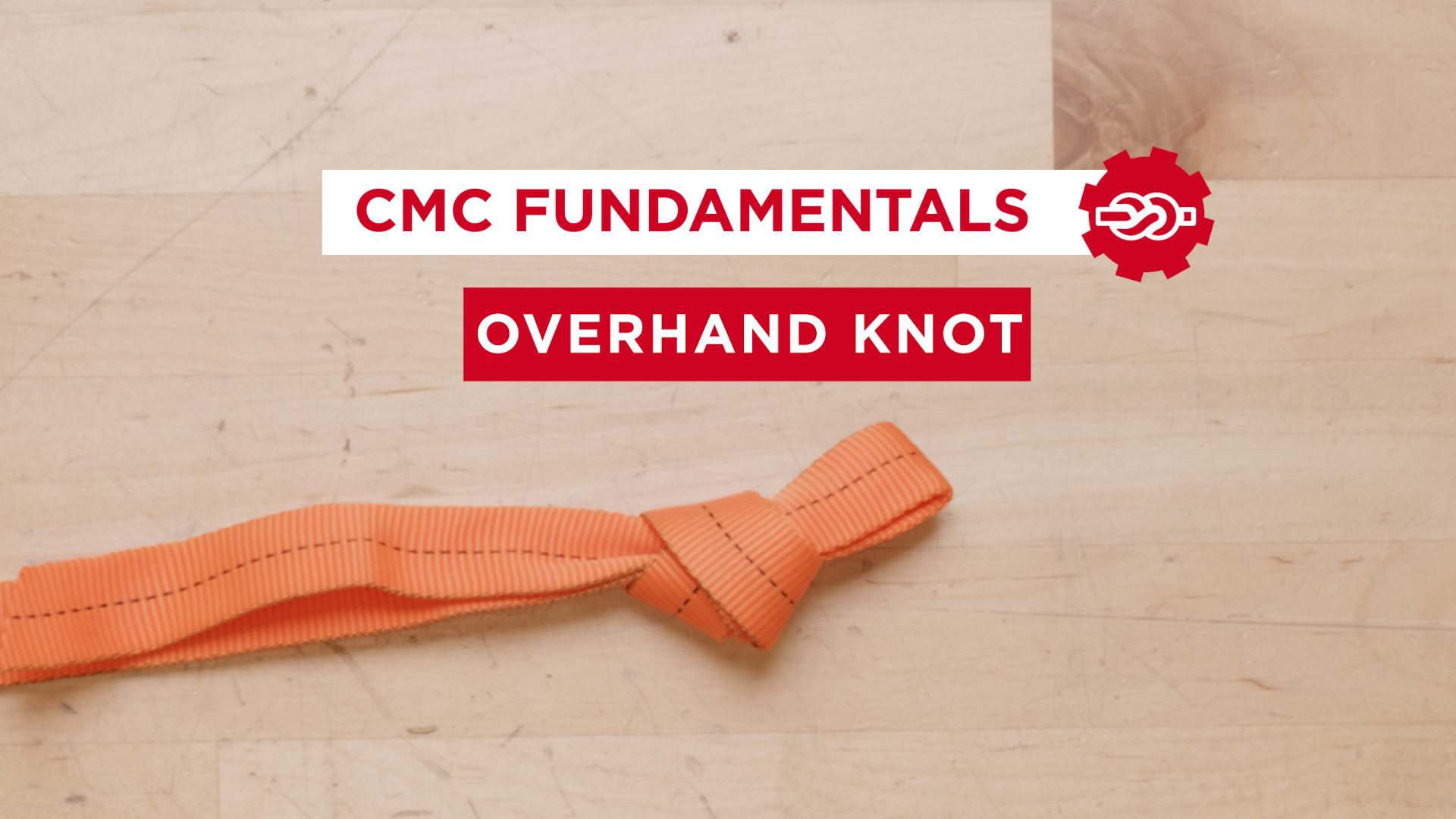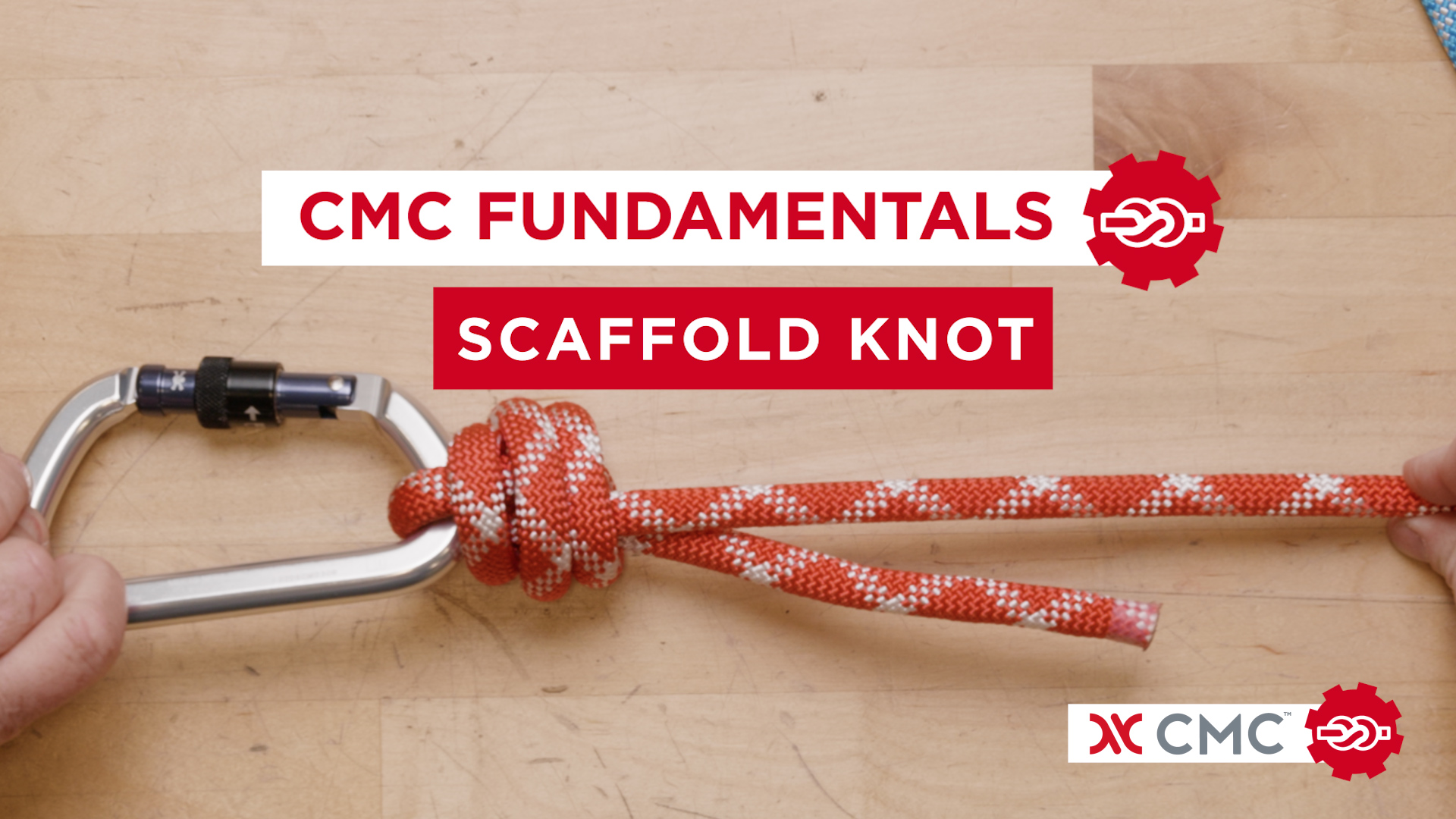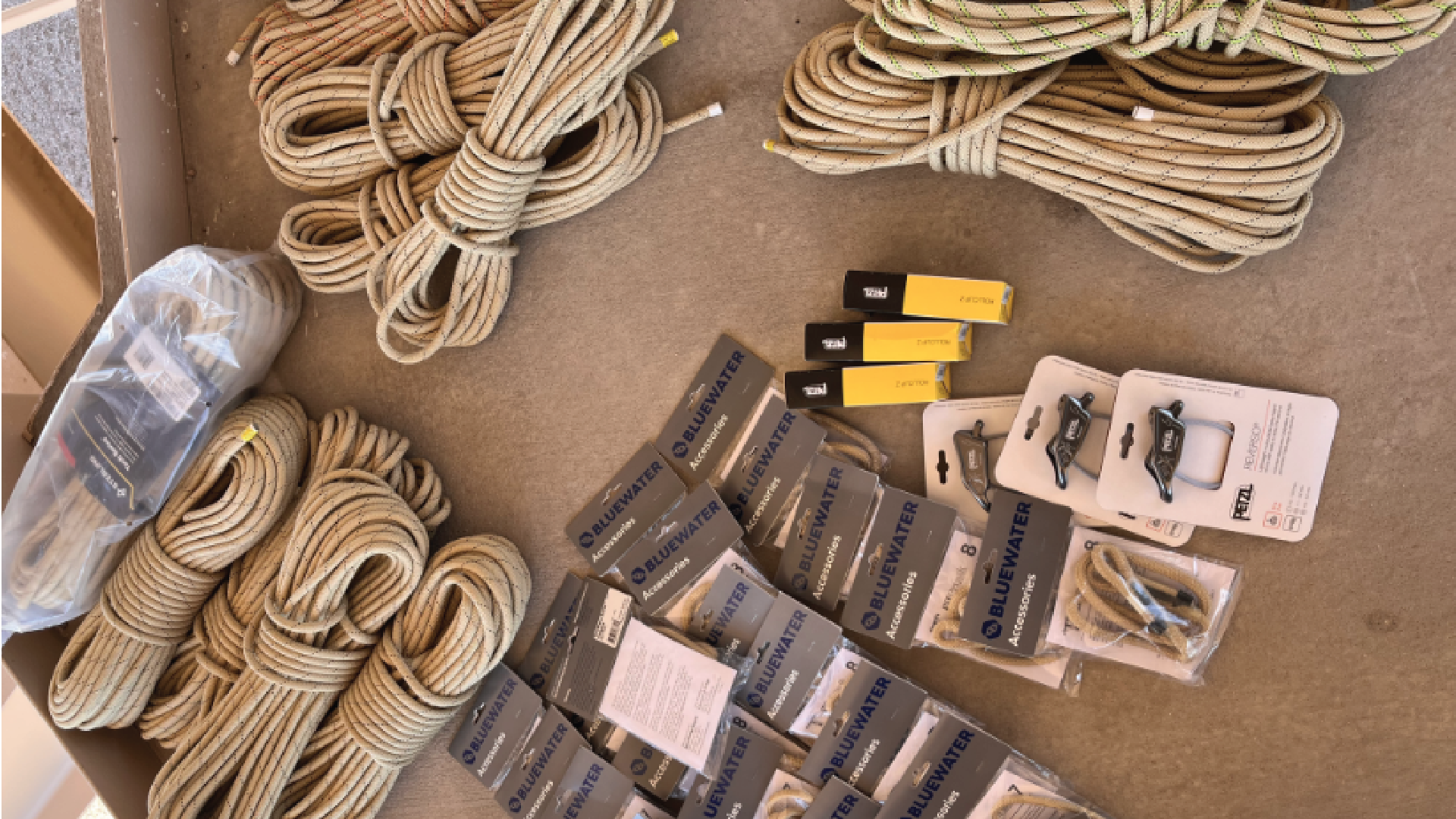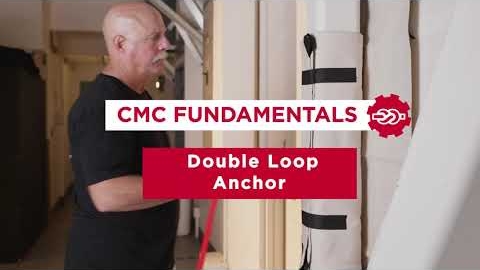
CMC Pro Tip: Arizona Vortex Training Essentials
This blog is dedicated to providing valuable training tips for the Arizona Vortex, a versatile and essential tool in rescue systems. While this blog doesn’t serve as a detailed step-by-step guide, it focuses on high-level concepts shared by CMC School Instructors to help ensure the proper and safe use of the Arizona Vortex.
Arizona Vortex Overview
The Arizona Vortex is a specially designed tripod. It has three support legs that come apart for moving and storage. The legs are stored as separate pieces and must be assembled for use. That can be an advantage because the pieces are smaller and lighter, but set-up time and complexity is increased. It can be set up in many different configurations, making it a more versatile tool when compared to a traditional tripod.
More information on the Arizona Vortex can be found on the product page, user manual, or by taking CMC School’s Arizona Vortex Workshop.
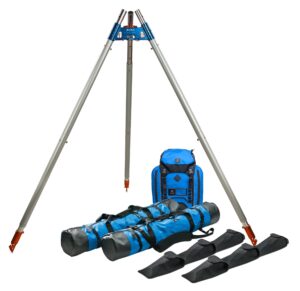
Training Tips
The Arizona Vortex has many configurations under two modes of use. These high-level concepts have helped the CMC School Instructors teach proper use and safe techniques.
The Approach
When assembling and operating the Arizona Vortex, it is crucial to ensure a safe environment where participants can fully concentrate on the tasks at hand. Here are three key recommendations:
- Safe Environment: Ensure the area is secure and free from distractions.
- Setup Location: Whenever possible, setup the Arizona Vortex away from the fall hazard zone, then walk it to the edge using proper travel restraints. Support each leg section until the unit is secured to prevent toppling
- Prevent Toppling: Take measures to prevent the Arizona Vortex from toppling over the edge during setup and rigging. Attach the supplied Tether Cord to the head of the assembly and configure it as a belay while the Vortex is being moved and secured into position.
Remembering the Steps: MATSAT
To aid in the efficient recall of essential steps during training, CMC School recommends the MATSAT acronym. This simple yet effective tool helps rescuers remember the six key steps outlined in the Multipod Set-up and Use section of the Arizona Vortex user manual:
M: Mode
- Identify the Mode of Use (Anchor or Directional frame).
A: Applied force
- Identify the Applied Force (Resultant).
T: Tendency of movement
- Identify the Tendency of Movement.
S: Secure feet/head
- Determine the Foot and Head Securing Requirements
A: Angle of the guys
- Ensure Guy Angles are within limits.
T: Test load
- Test the rigging to ensure frame stability and security.
Instant recall of these steps can help rescue teams ensure they are on the same page and make operations more efficient.
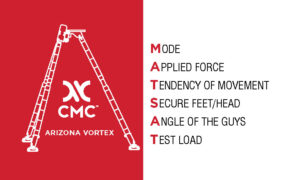
Download this image as a PDF here.
Conclusion
Mastering the Arizona Vortex is essential for any serious rope rescue technician. By focusing on a safe training environment, following the recommended setup protocols, and using the MATSAT acronym to remember key steps, you can ensure efficient and secure use of this versatile tool. Remember, practice and proper training are crucial for success. Please refer to the Arizona Vortex manual for detailed information on proper setup and use. You can learn more about the Arizona Vortex by reviewing the product page and by taking CMC School’s Arizona Vortex Workshop.
IMPORTANT WARNING
Please note that specialized training and experience in technical rigging is essential for safe use of the Arizona Vortex. Technical rescue, work at height, and related training are hazardous activities. Effective risk management comes from experience, training, and the exercise of good personal judgment. It is your responsibility to obtain competent instruction, choose quality equipment and use adequate safety procedures.
The publisher has made its best effort to provide the reader with the most current information reflecting the state of the art in rope rescue at the time of publication. It is incumbent on the reader to:
- Determine if the skills and techniques provided are compatible with the reader’s systems, techniques, protocols, equipment and level of training.
- Recognize that rope rescue is an evolving discipline and to stay current with new information, improvements in equipment, advances in techniques and changes in standards.

